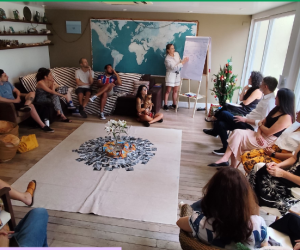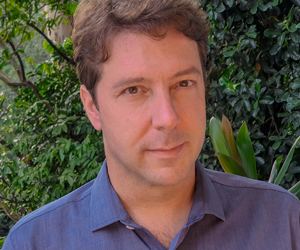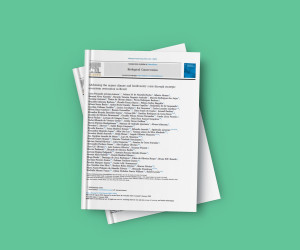News > News
06.03.14
The challenge of matching economic investments and ecological restoration
IIS and IUCN organises a debate about the PILaR project, which aims to mobilize private investment for the recovery of native vegetation in the northeast of Espírito Santo state.
The International Institute for Sustainability (IIS), in partnership with the International Union for Conservation of Nature (IUCN), organized a debate on February 12th, in Rio de Janeiro, to introduce the project “Private Investments in Landscape Restoration” (PILaR), which aims to act as a model of active ecological restoration with economic purposes. The event was attended by representatives of the Brazilian Ministry of the Environment, Conservation International, The Brazilian Development Bank (BNDES) and Fibria, and also discussed the main bottlenecks and best strategies for financing projects with this purpose.
The model will be applied in the northeast of Espírito Santo state, specifically in the influence area of the city of São Mateus. This region was chosen because of its forest aptitude, the existence of supply chains related to the sector (cellulose, wood, seedling production, among others), and little forest covering. According to the study conducted by IIS, the primary land use in the region is for livestock, with an average potential productivity of pastures around 33%. These results demonstrates that the restoration can be achieved without losses in pasture productivity. After the presentation a space was opened to discuss the model, where the necessity of investments and deployment of a scale model were discussed, besides the delimitation of the next steps.
PILaR project
The PILaR project will operate in ecological restoration with economic benefits, namely commercial plantations alongside recovery areas, emphasizing the use of native species. In the model to be applied in Espírito Santo, native species will be cultivated alongside eucalyptus, which is an exotic species but has high economic returns, relatively short time of cultivation and will supply the cellulose industry in the region.
The initiative provides three different scenarios for financial returns: optimistic, realistic and pessimistic, with variants that consider the wood productivity, the values of the native species of wood and the internal rate of return.
The PILaR project model covers the following cities of Espírito Santo state: Sooretama, Conceição da Barra, Vila Valerio, São Mateus, Jaguaré, Boa Esperança, Linhares, São Gabriel da Palha and Nova Venécia.






